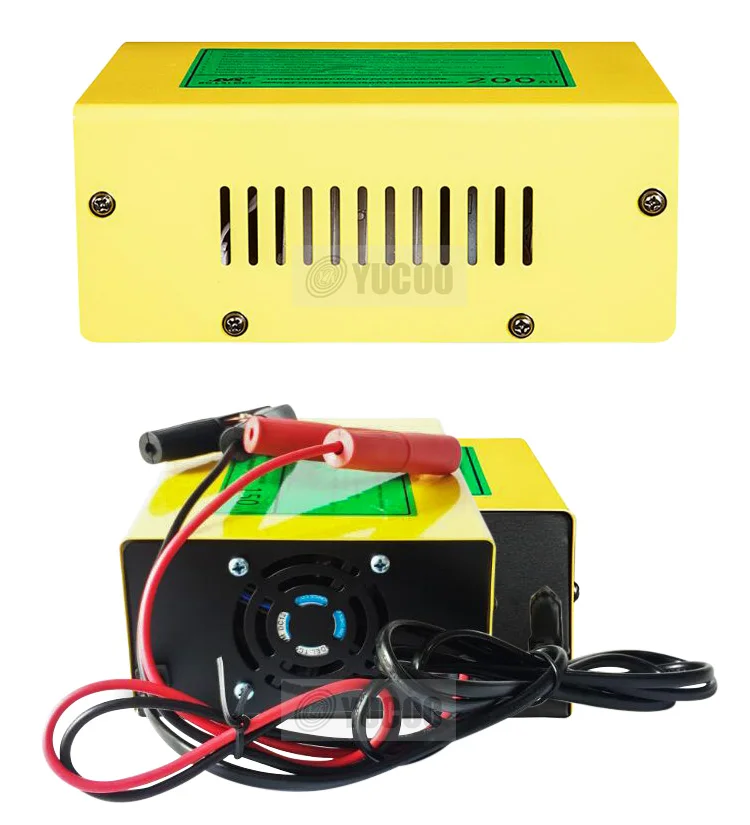


Pulse chargers may work but if your battery is beyond repair just get a new one (you will also get discount by returning old one when buying new). The pulse charging algorithm is seen as a promising battery charging technique to satisfy the needs of electronic device consumers to have fast charging and increased battery charge and energy efficiencies. You might have luck and restore your battery or it may be damaged way beyond repair. TL:DR Method shown in this instructable works but your result will vary a lot. Desulfator/Pulse charger is simple 555 timer with 1khz signal turning mosfet on and off (1ms turn on time) with about 18V pulses up to 10A. I also tried simple 12V transformer and bridge rectifier and i had no luck bringing that first battery to life, it simply got hot and voltage dropped even further down to 6V which is a sign that cells are most likely damaged. I can't say that pulse chargers (or desulfators) work but in my experience they did help with two battery while i had no luck with third one. Same pulse charger was used on starter battery from motorcycle (12V 3Ah) and after few charge/discharge cycles it was good enough to start engine and charge at decent rate. Second one was about 2 days on charger and when i tried discharging it i got 6682mAh which was really good for 4y old SLA battery. I used pulse charger that i made and first battery didn't want to go over 10V which is clearly a sign of a bad cell. We expect the Pixel Fold to have a 4,821mAh battery, which should give the phone decent battery life. I opened them up, instead of distilled water i used sulfuric acid that i got from old lead acid battery. The design consists of a battery pack containing four 12 V Li-ion batteries, MOSFETs, Arduino Uno, a. First battery only had 402mAh (same one i charged in, it's about 4y old) which is way too low for 7Ah battery and second one got 4424mAh which is kinda fine. It prefers the improved pulse charging technique.

I charged them up slowly and tried to discharge.
#Battery pulse charging portable#
I got 2 old batteries that my uncle used with portable speaker and both were dead (4.5V when measuring on terminals). This circuit is an add-on and part for a modification of a normal charger and it takes care of the sulphate problem. If a battery has a resting voltage of at least 1.8 Volts/cell and no cells are shorted, desulphation of its plates can be done. Over the years i gained a lot more experience with batteries and how electronic things work so i decided to test what i wrote 5 years ago. The only thing you do is killing the battery completely. 3-stage chargers are suitable for most battery types including Calcium, Gel and AGM, Wet batteries. So you can leave the charger connected to the battery indefinitely. Automatic charging protects your battery from being overcharged. At the time i wrote this instructable i was 15, i didn't have a lot of equipment at that time or knowledge. A small power supply is necessary for the circuit and consists of T1 a transformer 15V 0.1A secondary, a bridge rectifier, a regulator and two caps. This is a fully automatic battery charger with 3 charge stages.


 0 kommentar(er)
0 kommentar(er)
